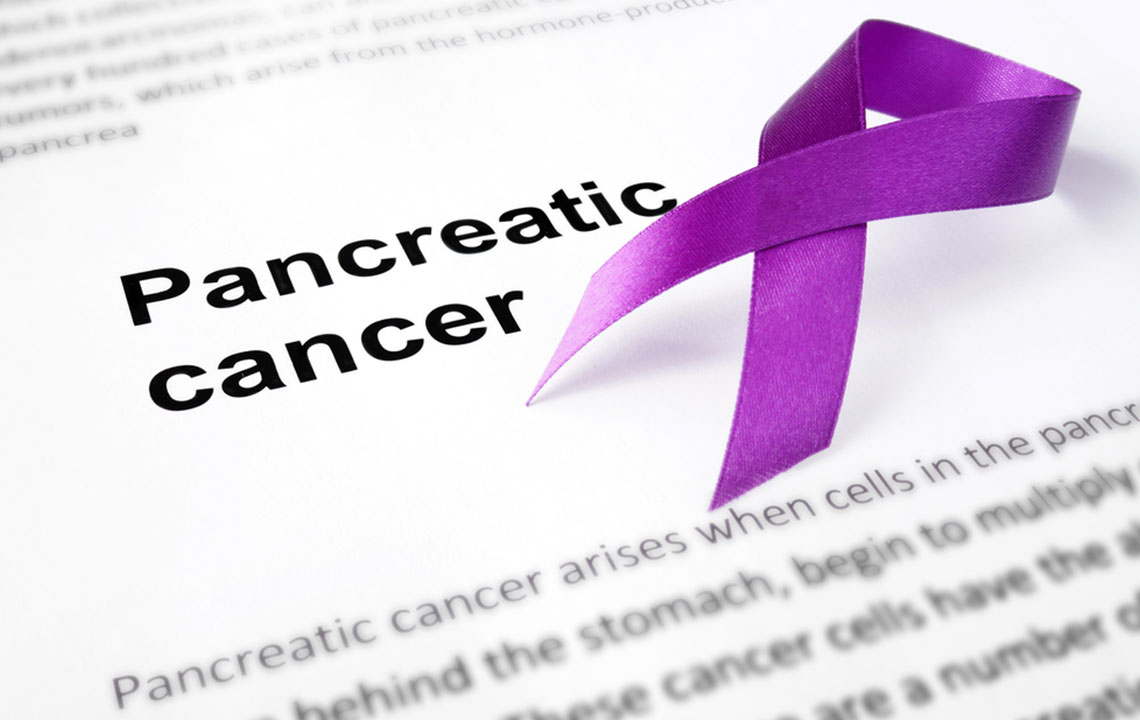Early Warning Signs of Pancreatic Cancer You Must Recognize
Recognize the early signs of pancreatic cancer to improve early detection and treatment outcomes. This comprehensive guide provides detailed descriptions of subtle symptoms such as unexplained weight loss, persistent abdominal pain, jaundice, and more. Being aware of these signs can lead to timely medical intervention, which is crucial for survival. Learn about the warning indicators that often go unnoticed and understand when to seek medical advice for potential pancreatic malignancy.

Early Warning Signs of Pancreatic Cancer You Must Recognize
Many types of cancer often develop quietly without clear symptoms until they reach advanced stages. Recognizing subtle and early signs of pancreatic cancer can significantly improve the chances of successful treatment and survival. This comprehensive guide explores the less obvious symptoms that may indicate the presence of pancreatic malignancy, helping individuals and healthcare providers detect the disease sooner.
Pancreatic cancer involves the uncontrolled growth of malignant cells within the pancreas, a vital organ located behind the stomach. Its potential to spread rapidly to adjacent organs and distant sites makes early detection particularly challenging but critically important. The majority of pancreatic cancers originate from the exocrine part of the pancreas, primarily as adenocarcinomas, though neuroendocrine tumors also occur but less frequently. These tumors' growth and location influence the pattern of symptoms, which are often vague at first but can escalate as the disease progresses.
Understanding the subtle signs associated with pancreatic cancer can lead to earlier diagnosis, improving treatment options and prognosis. Despite the non-specific nature of early symptoms, recognizing these indicators can prompt timely medical evaluation, which is essential for better outcomes. Here are some of the most surprising and often overlooked signs linked to pancreatic cancer that you should be aware of:
Unexplained Weight Loss
Involuntary weight loss without deliberate dieting or increased physical activity is one of the hallmark warning signs of pancreatic cancer. This weight reduction results from metabolic changes caused by cancer cells, which accelerate calorie consumption and muscle breakdown. It often accompanies a loss of appetite and general fatigue, making it easy to dismiss as a recent change or unrelated issue.
Persistent Upper Abdominal Pain
Persistent discomfort or pain in the upper abdomen, often radiating to the back or shoulder blades, may be an early sign. Tumors pressing against nearby nerves or tissues can cause this pain, which might intensify after eating or when lying down. Although common in many gastrointestinal conditions, persistent pain warrants further investigation.
Jaundice: Yellowing of Skin and Eyes
Jaundice, characterized by yellowing of the skin and the sclera (white of the eyes), is a prominent symptom resulting from the blockage of the bile duct by a tumor. Bile buildup leads to pigmentation changes and can cause dark urine, pale-colored stool, and itching. Jaundice tends to appear early in pancreatic head tumors, making it a crucial sign for early detection.
Itching and Skin Discoloration
Persistent itching, especially when it occurs without an apparent skin rash, can be linked to excess bile salts circulating in the bloodstream due to bile duct obstruction. This itching can be intense and distressing and may serve as an early indicator of pancreatic tumors obstructing the biliary system.
Sudden Onset of Diabetes or Glucose Fluctuations
Experiencing sudden diabetes or significant changes in blood sugar levels without a prior history can be an early warning. Pancreatic tumors can interfere with insulin production, leading to hyperglycemia and symptoms such as increased thirst, frequent urination, fatigue, and unexpected weight loss.
Digestive Problems and Loss of Appetite
Digestive disturbances including nausea, vomiting, indigestion, and a feeling of fullness after small meals are common in pancreatic cancer. The tumor's pressure on the stomach or obstruction of digestive enzymes impairs normal digestion and absorption, resulting in weight loss and nutritional deficiencies.
Blood Clots and Deep Vein Thrombosis (DVT)
Cancer-related hypercoagulability increases the risk of blood clot formation, particularly in the legs. Clots may cause swelling, pain, and redness, sometimes recognized as deep vein thrombosis. This can be one of the first signs signaling an underlying malignancy.
Altered Bowel Movements and Fatty Stools
Problems with digestion, especially fat absorption, can lead to greasy, pale, or gray-colored stools with increased fat content—a condition called steatorrhea. Such changes in bowel habits are indicative of pancreatic duct obstruction or enzyme insufficiency caused by the tumor.
Enlarged Gallbladder and Abdominal Lump
If tumors obstruct the bile flow, the gallbladder may become distended, resulting in a palpable lump beneath the right ribs. In some cases, this can be mistaken for benign conditions, but persistent or growing lumps require medical evaluation for potential malignancies.
While these symptoms might be subtle or non-specific, being aware of these signs can make a difference in early diagnosis and treatment. If you notice any of these symptoms or suspect you may be at risk, consult a healthcare professional promptly. Early detection of pancreatic cancer can dramatically influence prognosis and survival rates, emphasizing the importance of vigilance and proactive health management.





